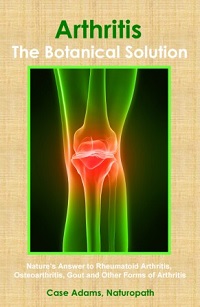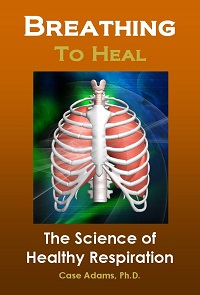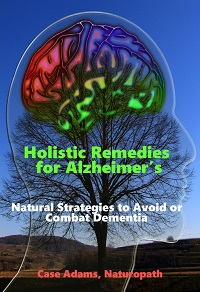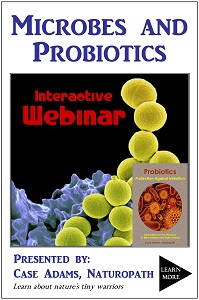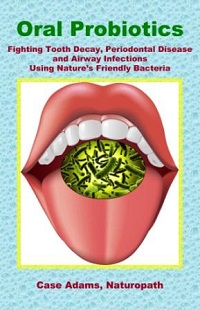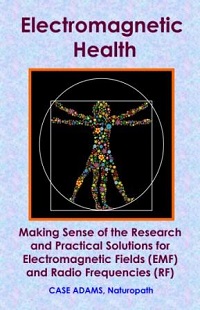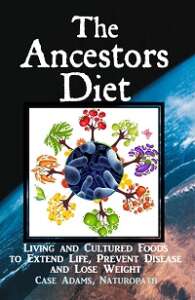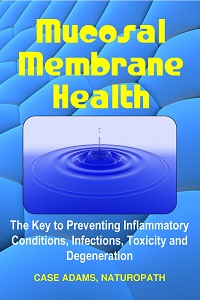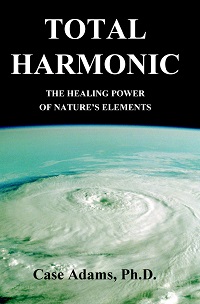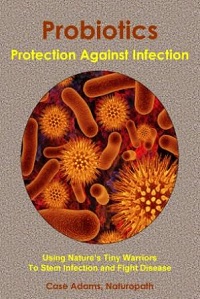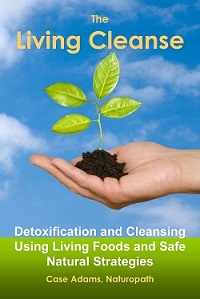Perfluorinated Compounds (PFCs) Suppress Immune System

Perfluorinated compounds (PFCs) are polluting our waters and hurting fish and our own immune systems.
Perfluorinated compounds (PFCs) are harming the planet, along with other chemical pollutants. But PFCs have a special effect upon humans: They weaken the immune system, especially in children.
In this article
PFC exposure reduces antibodies
A 2017 study done by Harvard researchers and the University of Copenhagen tested 516 children who were 13 years old. They tested their antibody levels against diptheria and tetanus. They also tested their blood for perfluorinated compounds (PFCs).
The researchers compared this with data from when the kids were 7 years old. The researchers found that the kids who had the higher levels of PFCs in their blood also had significantly reduced antibodies. This compares to the kids that had lower levels of PFCs in their bloodstream. The decreases in antibody levels were around 25 percent for every doubling of PFC exposure.
The two PFCs that had the greatest effects were perfluorodecanoate (PFDA) and perfluorooctanoate (PFOA).
PFCs are bioaccumulating
The study also underscored the significant bioaccumulation of PFCs up the marine food chain within the ocean.
In a 2012 study, Harvard researchers teaming up with Danish researchers followed 587 children from Faroe Islands, Denmark, from birth (1999-2001) until they were five to seven years old, in 2008. This formed the foundation of the 2017 study of the 13 year-olds.
The researchers found that exposure levels of PFCs were significantly higher among these children because their primary diets consisted of fish.
PFC exposure decreases vaccination benefits
Furthermore, the researchers discovered that children with higher levels of PFC exposure had increased suppression of their immune response, evident by their antibody levels following vaccination. The researchers found that following being given tetanus and diphtheria vaccinations, the resulting antibody concentrations against these diseases were precariously low among children with high PFC contamination, indicating they were not well protected against those diseases.
The mechanism for this protection is the strength of the immune system. When the immune system is strong and working properly, it will form antibodies to many diseases it is exposed to. Vaccinations expose the immune system to a small amount or genetic element of the disease pathogen, allowing the immune system to form antibodies that will identify the pathogen later and help the body efficiently eradicate it.
The research data revealed that double the baseline of PFC concentration in the children’s blood was accompanied by a 40% reduction in diphtheria antibodies. More importantly, double the PFC concentrations was linked to an almost 50% reduction in total antibody levels. This means that the child’s total immunity was weaker to all diseases, since it produced fewer antibodies in general.
This was reflected in the researcher’s conclusion, as they wrote: “Elevated exposures to PFCs were associated with reduced humoral immune response to routine childhood immunizations in children aged 5 and 7 years.”
Previous animal studies have confirmed that PFCs suppress the immune system, and at levels consistent with current human exposure levels.
Where do PFCs come from?
Studies by the EPA and other groups have confirmed that the most prevalent PFCs are perfluorooctane sulfonic acid (PFOS) and perfluorooctanoic acid (PFOA). These are derived from numerous sources, including plastic products – as many foods are wrapped in grease-resistant plastic linings; pan coatings – as many nonstick pans are coated with PFOA-containing Teflon; and numerous household and personal care items, including some dental flosses, which have contained Teflon.
Other sources include manufacturers that spill-off chlorinated byproducts into their waste waters, which find their way to the oceans, marine habitat and our drinking water. In an effort to reduce PFCs after findings found links to cancer, the EPA instituted a ban on PFCs in many consumer goods as of 2015, but now even many PFOA replacements have been found to release PFCs.
The researchers also took PFC measurements of the children’s mothers during pregnancy. Because PFCs have been found to be released through the placenta from mother to child, children of mothers with expanded fish diets tend to have higher levels.
Fermented papaya boosts the immune system according to other research. Parsley also boosts immunity according to studies.
Learn other natural ways to strengthen the immune system weakened by PFCs:
REFERENCES:
Grandjean P, Heilmann C, Weihe P, Nielsen F, Mogensen UB, Budtz-Jørgensen E. Serum Vaccine Antibody Concentrations in Adolescents Exposed to Perfluorinated Compounds. Environ Health Perspect. 2017 Jul 26;125(7):077018. doi:10.1289/EHP275.
Heilmann C, Jensen L, Weihe P, Nielsen F, Knudsen LE, Budtz-Jørgensen E, Mølbak K, Grandjean P. Persistant perfluorinated compounds cause immunotoxic effects. Ugeskr Laeger. 2014 Feb 24;176(9A):V09130572.
Grandjean P, Andersen EW, Budtz-Jørgensen E, Nielsen F, Mølbak K, Weihe P, Heilmann C. Serum vaccine antibody concentrations in children exposed to perfluorinated compounds. JAMA. 2012 Jan 25;307(4):391-7.


